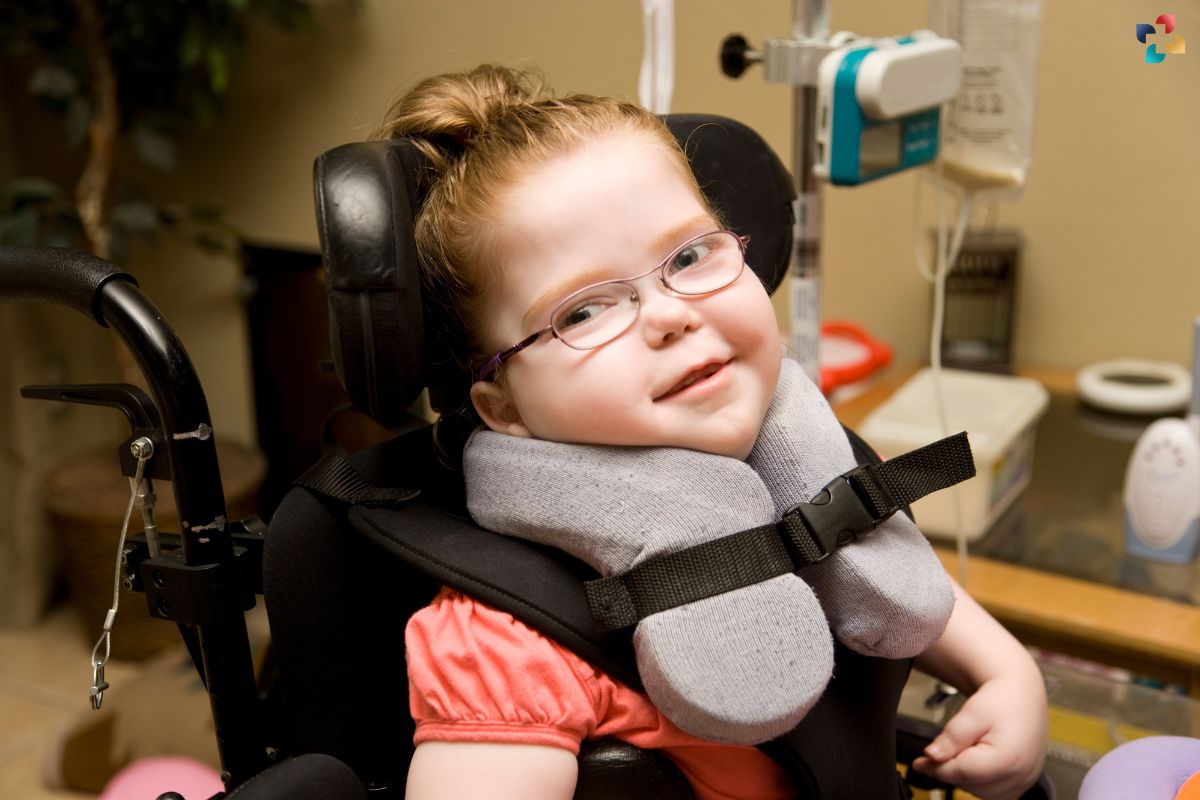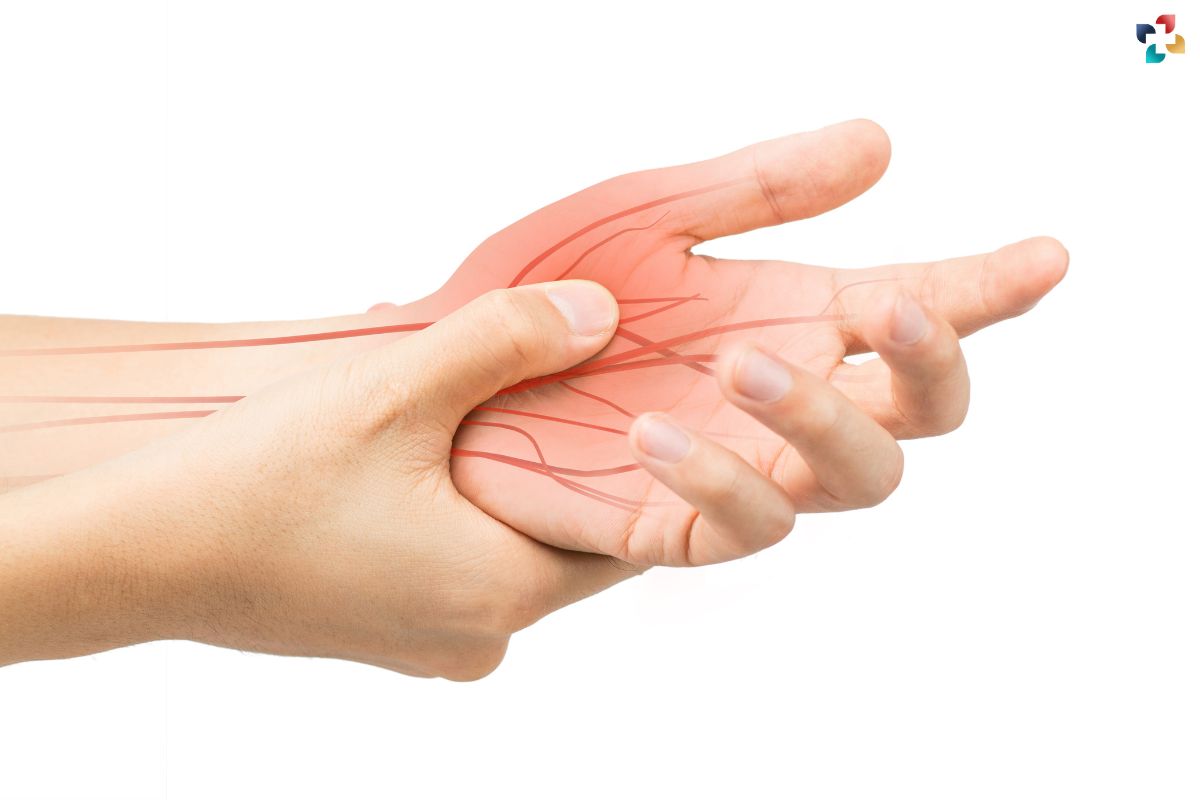It is a condition that affects the radial nerve, one of the major nerves in the arm. This nerve runs down the underside of the arm and controls movement and sensation in the wrist, hand, and fingers. When this nerve is compressed or damaged, it can lead to a range of symptoms, from mild tingling and numbness to significant motor dysfunction. Understanding the causes, symptoms, diagnosis, and treatment of radial nerve palsy is crucial for managing this condition effectively.
Understanding Radial Nerve Palsy
It occurs when the radial nerve is injured or compressed. This nerve is responsible for extending the wrist and fingers, and when it is not functioning properly, it can lead to a condition commonly known as “wrist drop,” where the patient cannot lift their wrist or fingers. This can significantly impact daily activities, making it difficult to perform tasks that require fine motor skills.
Causes of Radial Nerve Palsy
There are several causes of radial nerve palsy, including:
- Trauma: Direct injury to the arm from fractures or blunt force can damage the radial nerve.
- Compression: Prolonged pressure on the nerve, such as from sleeping with the arm in an awkward position, can lead to compression and nerve damage.
- Medical Conditions: Conditions like diabetes or thyroid disorders can increase the risk of nerve damage.
- Iatrogenic Causes: Surgical procedures involving the arm or shoulder can sometimes inadvertently damage the radial nerve.
Symptoms of Radial Nerve Palsy
The symptoms can vary depending on the severity and location of the nerve injury. Common symptoms include:
- Weakness or inability to extend the wrist and fingers: This is the hallmark sign of radial nerve palsy and is often referred to as “wrist drop.”

- Numbness or tingling: Patients may experience a loss of sensation in the back of the hand and thumb.
- Pain: Some individuals may feel pain or discomfort in the affected arm.
- Muscle Atrophy: Over time, lack of use can lead to muscle wasting in the forearm and hand.
Diagnosis of Radial Nerve Palsy
Diagnosing radial nerve palsy involves a combination of clinical evaluation and diagnostic tests. A healthcare provider will typically begin with a thorough medical history and physical examination to assess muscle strength, reflexes, and sensory function. Further diagnostic tests may include:
- Electromyography (EMG): This test measures the electrical activity of muscles and can help determine the extent of nerve damage.
- Nerve Conduction Studies (NCS): These studies assess how well electrical signals travel through the radial nerve.
- Imaging Tests: X-rays, MRI, or CT scans may be used to identify any structural issues, such as fractures or tumors, that could be compressing the nerve.
Treatment Options for Radial Nerve Palsy
The treatment for this depends on the underlying cause and the severity of the condition. Common treatment options include:
Conservative Treatment:
- Rest and Immobilization: Resting the affected arm and using a splint or brace to immobilize the wrist can help reduce symptoms and prevent further damage.
- Physical Therapy: A physical therapist can design a rehabilitation program to improve the strength, flexibility, and function of the affected muscles.

- Medications: Nonsteroidal anti-inflammatory drugs (NSAIDs) can help reduce pain and inflammation.
Surgical Treatment:
- Nerve Repair or Grafting: In cases where the nerve is severely damaged, surgery may be necessary to repair or graft the nerve.
- Decompression Surgery: If the nerve is compressed by a structure such as a tumor or bone, surgery may be performed to relieve the pressure.
Rehabilitation and Recovery
Rehabilitation is a critical component of recovery from radial nerve palsy. Physical therapy focuses on strengthening the muscles, improving the range of motion, and enhancing coordination. Occupational therapy may also be beneficial in helping patients adapt to their daily activities and improve fine motor skills.
Preventing Radial Nerve Palsy
While it is not always possible to prevent this, certain measures can reduce the risk of developing this condition:
- Avoid Prolonged Pressure: Avoid positions that place prolonged pressure on the radial nerve, such as sleeping with the arm under the body.
- Use Protective Gear: When engaging in activities that pose a risk of arm injury, such as sports or manual labor, wear appropriate protective gear.
- Manage Underlying Conditions: Proper management of conditions like diabetes and thyroid disorders can help reduce the risk of nerve damage.
Living with Radial Nerve Palsy
Living with this can be challenging, but with the right treatment and support, many individuals can achieve significant improvement in their symptoms. It’s important for patients to work closely with their healthcare team to develop a comprehensive treatment plan that addresses their specific needs.
Radial Nerve Palsy in Children

Although it is more common in adults, it can also occur in children. The causes and treatment options are similar, but special consideration must be given to the child’s growth and development. Pediatric patients may benefit from specialized physical and occupational therapy to support their rehabilitation.
Research and Future Directions
Research on radial nerve palsy is ongoing, with a focus on improving diagnostic techniques and developing more effective treatments. Advances in nerve repair and regeneration hold promise for the future, potentially offering better outcomes for patients with severe nerve injuries.
Conclusion
It is a condition that can significantly impact an individual’s quality of life. Understanding the causes, symptoms, diagnosis, and treatment options is essential for effective management. With early intervention and appropriate care, many patients with radial nerve palsy can achieve significant improvement in their symptoms and regain function in their affected arm.
By staying informed about the latest research and advances in treatment, healthcare providers can continue to offer the best possible care for patients with radial nerve palsy. Whether through conservative measures or surgical intervention, the goal is always to restore function and improve the patient’s overall well-being.
Visit The Lifesciences Magazine For More Information.







